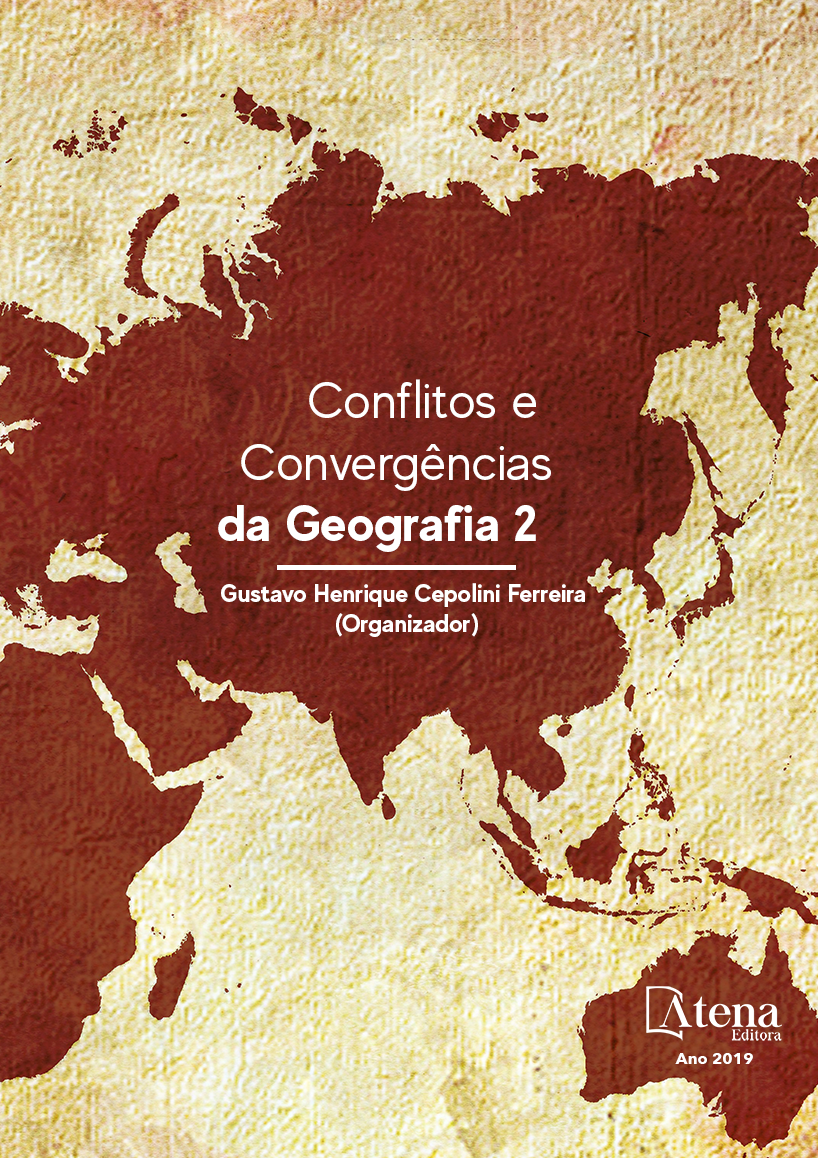
A IMPORTÂNCIA DA CRIAÇÃO DO CADASTRO TERRITORIAL MULTIFINALITÁRIO PARA CIDADE DE SOBRAL-CE
A cidade de Sobral vem crescendo
ao longo das duas últimas décadas. Com isso,
cresce também a necessidade de organização
espacial da cidade, bem como, de seus territórios,
para que esta, possa promover o bem-estar
social de sua população. A criação do Cadastro
Territorial Multifinalitário (CTM), instituído pela
Portaria Ministerial Nº 511 de 2009, do Ministério
das Cidades, já é uma realidade no Brasil. Este
instrumento tem como finalidade fazer a análise
metodológica, científica e epistemológica da
criação de território, da desterritorialização, da
construção das espacialidades e produção do
espaço. Para tanto, autores como Milton Santos,
Henry Lefebvre, David Harvey são leituras
fundamentais, por terem uma visão políticosocial condizente com a proposta do Cadastro.
A parcela cadastral é a menor unidade territorial
a ser analisada no CTM. Este, propõe-se a
nortear a administração municipal para que
esta, ofereça com eficiência: a mobilidade
urbana, o saneamento básico, a arrecadação
tributária e a melhoria nos serviços de saúde
e educação. Essa pesquisa busca conhecer o
processo de implementação do CTM, na cidade
de Sobral, identificando seus territórios sociais,
econômicos e culturais, e ainda a produção
espacial do município. A Planta de Valores
Genéricos e o Plano Diretor, por exemplo, é um
bom objeto de análise, pois estes, comunicamse com CTM.
A IMPORTÂNCIA DA CRIAÇÃO DO CADASTRO TERRITORIAL MULTIFINALITÁRIO PARA CIDADE DE SOBRAL-CE
-
DOI: 10.22533/at.ed.3301915047
-
Palavras-chave: Sobral; cadastro; espaço; território; administração.
-
Keywords: Sobral; register; space; territory; administration.
-
Abstract:
The city of Sobral has been
growing over the past two decades. This also
increases the need for spatial organization
of the city, as well as its territories, so that
it can promote the social well-being of its
population. The creation of the Multifinal Land
Registry (MLC), established by Ministerial
Order No. 511 of 2009, of the Ministry of Cities,
is already a reality in Brazil. This instrument
aims to make the methodological, scientific
and epistemological analysis of the creation of
territory, deterritorialization, the construction of
spatiality and production of space. For such,
authors such as Milton Santos, Henry Lefebvre,
David Harvey are fundamental readings, for
having a political-social view consistent with
the Cadastro proposal. The cadastral parcel
is the smallest territorial unit to be analyzed in
the CTM. It proposes to guide the municipal
administration so that it can efficiently offer: urban mobility, basic sanitation, tax
collection and improvement in health and education services. This research seeks
to know the process of implementation of the CTM, in the city of Sobral, identifying
its social, economic and cultural territories, as well as the spatial production of the
municipality. The Generic Values Plan and the Master Plan, for example, are a good
object of analysis, since they communicate with CTM.
-
Número de páginas: 15
- José Antônio Alves Lino


